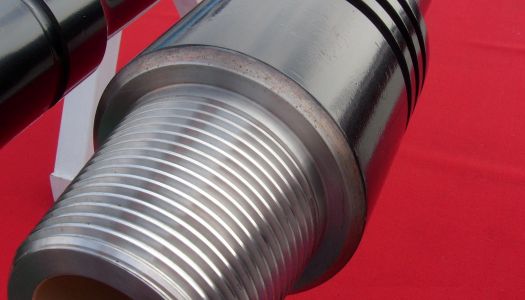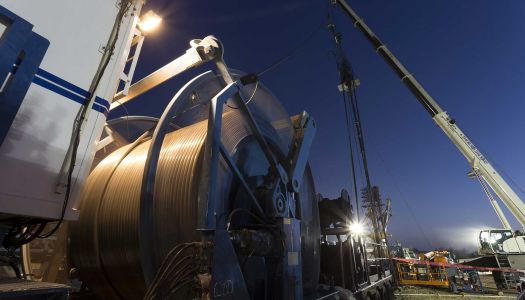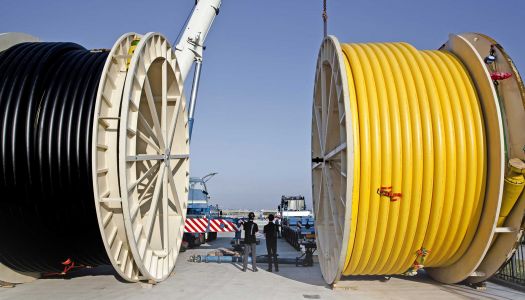Working Principle:
The slotted liner screen works by allowing certain particle size coming through the surface with crude oil while keeping the bigger size sand staying outside, and thereby the anti-sand purpose is achieved.
Slotting Patterns: Line slot pattern, staggered slot pattern, multiple staggered slot pattern.
Product Features:
- The slotted liner is a robust and cost-effective solution for long completions or low productivity wells.
- We offer slotted liners in wide range of slotting patters to satisfy the requirement for different open area.
- High rigidity, high intensity, excellent anti-corrosion and even distribution of pressure.
Main Technical Data
-
Material:
Stainless steel, carbon steel
-
Categories of pipes:
petroleum casing pipe, oil pipe
-
Length of pipe (single):
≤20m
-
Outside diameter of pipe:
10 to 660mm
-
OD Tolerance:
D<50mm,+-0.5mm ,D>50MM,+-1%
-
Wall thickness:
≤22mm
-
Width of slot:
(0.10-0.40)mm±0.03mm
-
Number of slots:
Custom made
-
Distribution types of slots:
parallel, crisscross, spiral
-
Distance of slots:
Custom made
-
Tensile strength:
390MPA
-
Yield Point:
WT<16MM 245MPA, WT >16-30MM 235MPA
The machining consists of cutting rectangular openings with small rotary saws. Routine slot widths are 0.030 in. or larger. The minimum slot width that can be achieved is about 0.012 in. Slots that cut less than 0.020 in. in width involve high costs because of excessive machine downtime to replace broken saw blades that overheat, warp, and break.








